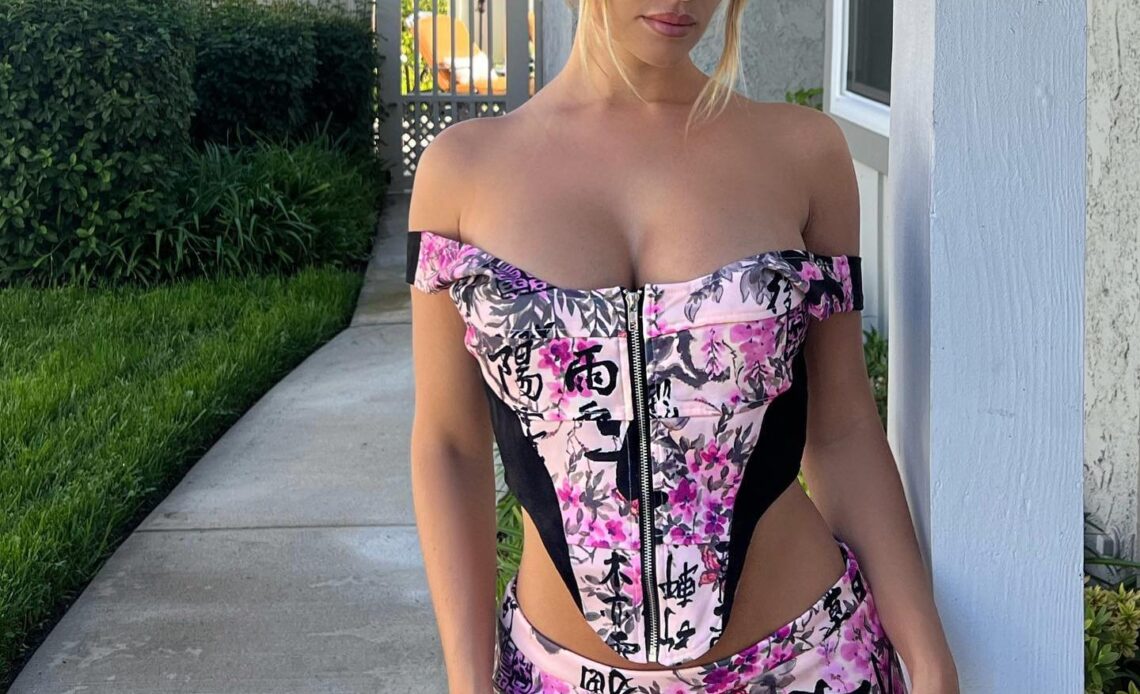In the world of beauty, certain attributes captivate hearts and minds, leaving an indelible mark on all who encounter them. The phrase “angelic face makes hearts want to protect, hot body makes everyone fascinated” perfectly encapsulates this mesmerizing duality. It reveals a powerful synergy of innocence and allure, a combination that has enthralled humanity throughout history. This article delves deeply into the reasons behind this captivating phenomenon, its cultural significance, its universal appeal, and the complexities surrounding it.
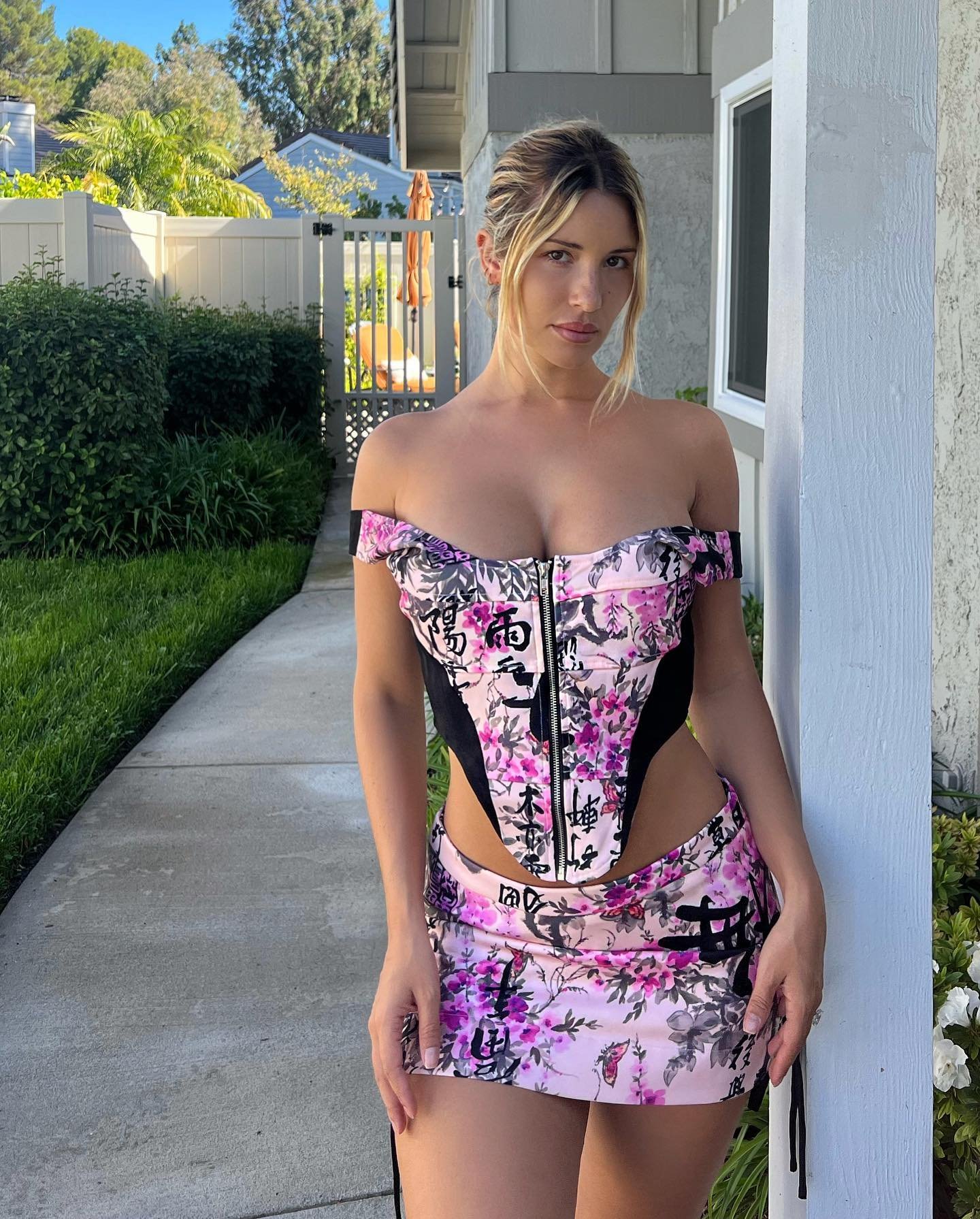
An angelic face, often described as innocent, radiant, and serene, carries an innate charm that evokes a sense of guardianship and emotional connection. It is not merely about symmetrical features but a harmonious expression of gentleness and kindness that transcends cultural and geographical boundaries.
Evolutionary psychology offers intriguing insights into why angelic faces stir protective instincts in others. Facial features associated with youth and gentleness—such as large, expressive eyes, soft and smooth skin, and delicate contours—act as biological signals. These traits are often perceived as indicators of health, vitality, and fertility, compelling an innate desire to nurture and protect.
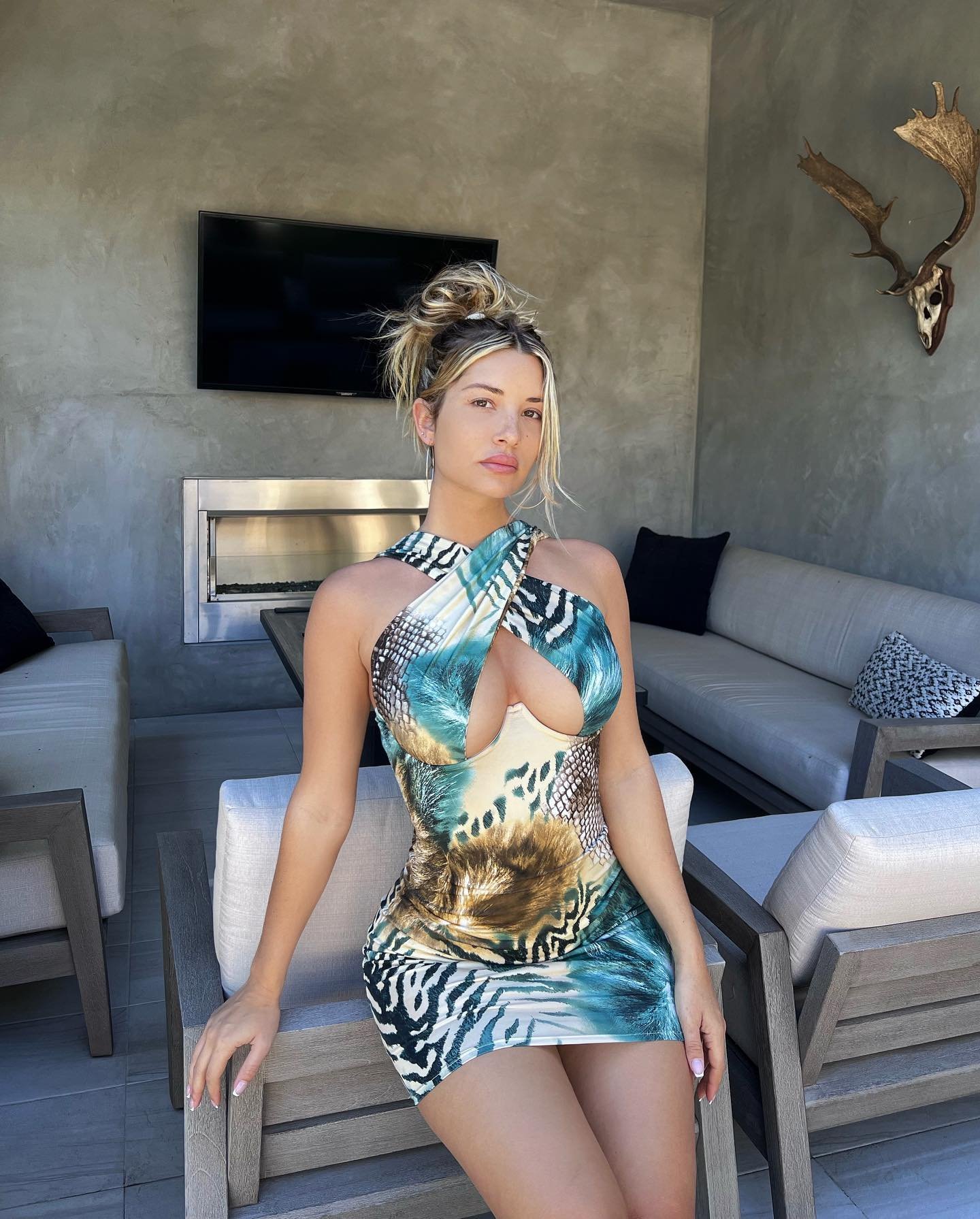
The phenomenon is rooted in human evolution, where survival depended on cooperative bonds. Faces that evoked trust and warmth were more likely to elicit altruistic behavior, ensuring the survival of offspring and the community at large. This instinct persists today, influencing how individuals perceive and respond to angelic faces.
Across cultures, the angelic face has been immortalized as a symbol of purity and virtue. In religious and spiritual art, angelic faces often represent divine or celestial beings, reinforcing the association of such features with moral and emotional perfection. From Renaissance paintings of cherubic angels to modern cinematic depictions of ethereal beauty, the concept remains deeply embedded in human consciousness.
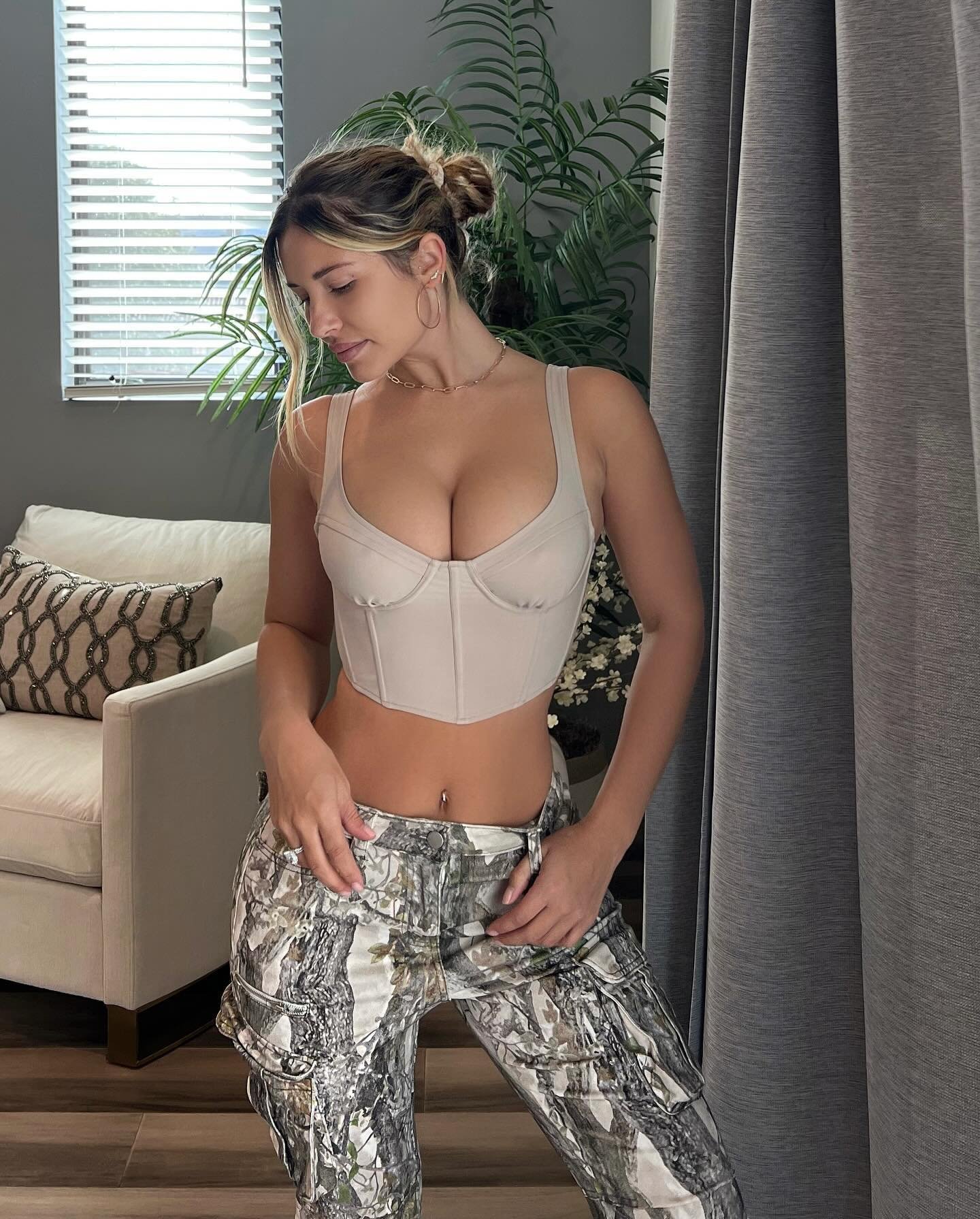
In Eastern cultures, traits like a serene expression and delicate features are often associated with inner peace and wisdom. For instance, traditional Japanese and Korean beauty ideals emphasize natural, unblemished skin and a calm demeanor, aligning closely with the archetype of angelic beauty.
An angelic visage resonates emotionally, invoking feelings of tenderness, warmth, and an almost instinctive desire to provide comfort and security. The perceived vulnerability of such faces fosters an emotional connection that transcends language and culture. This emotional resonance is why characters with angelic features are often cast in roles that require empathy or emotional depth in storytelling.

While the angelic face appeals to the heart, a “hot body” captivates the senses. Defined by symmetry, strength, and vitality, this aspect of beauty epitomizes physical excellence, energy, and self-confidence, creating a magnetic allure that is impossible to ignore.
Biologically, a well-proportioned and toned physique signals health, fitness, and reproductive potential. Studies have shown that certain physical traits, such as a defined waist-to-hip ratio in women and broad shoulders in men, are universally recognized as attractive. These features serve as subconscious indicators of fertility and strength, drawing admiration and desire.
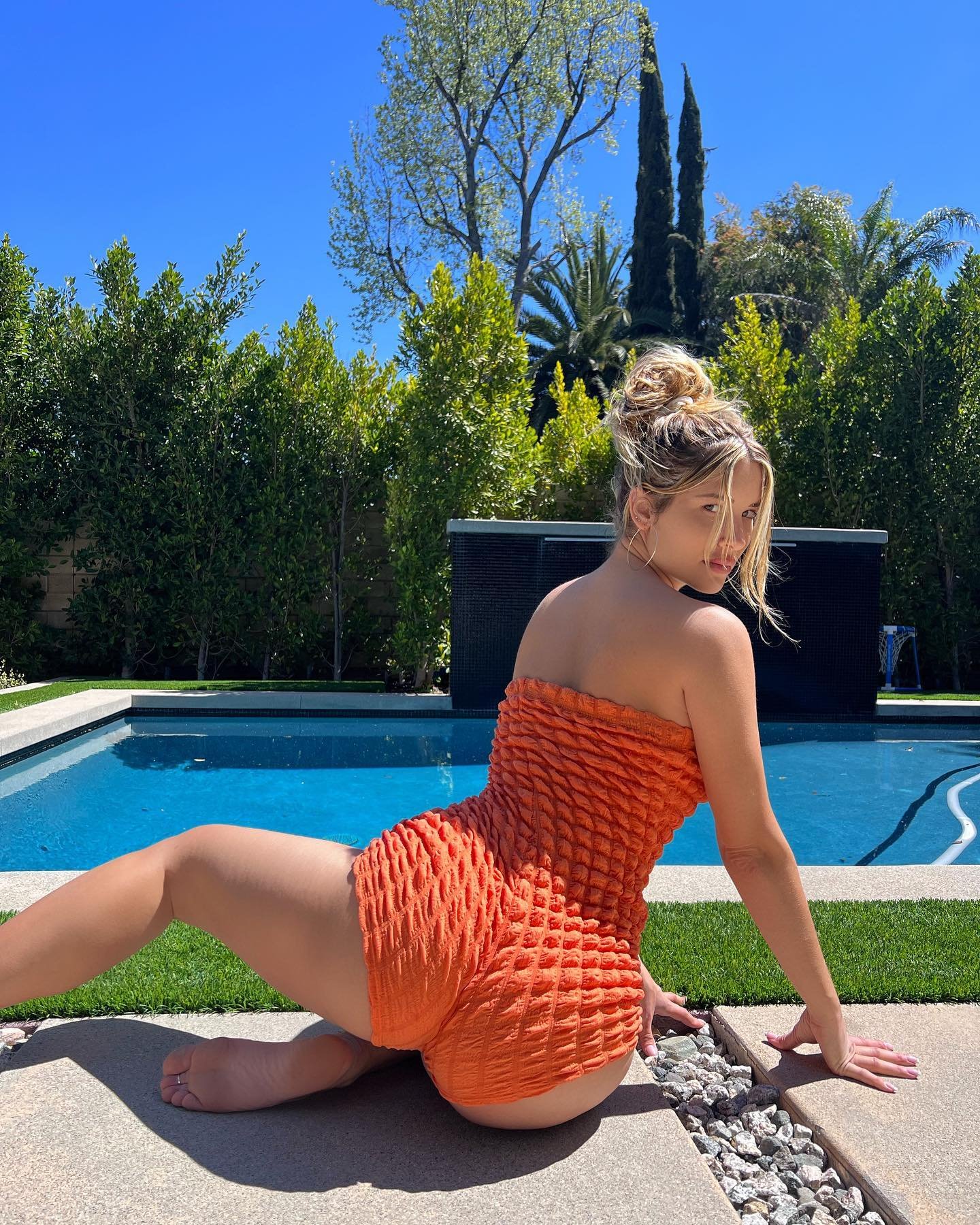
Physical attractiveness is also linked to symmetry. A symmetrical body is often associated with genetic fitness, making it a key factor in perceptions of physical beauty. Fitness and athleticism, as reflected in a “hot body,” convey an ability to thrive and succeed in life, further enhancing allure.
Society plays a significant role in shaping the perception of an ideal body. Over time, media, fashion, and fitness industries have perpetuated images of sculpted physiques as the gold standard of attractiveness. However, these standards vary across cultures and time periods. For example, the Renaissance era celebrated curvaceous figures as symbols of fertility and wealth, while modern Western societies often idealize lean and toned bodies.

Beyond physical attributes, a “hot body” is often associated with confidence and self-assurance. These traits are inherently attractive, as individuals are naturally drawn to those who exude positivity and charisma. A well-maintained physique is not just a reflection of physical effort but also of discipline, self-respect, and personal empowerment.
When combined, the angelic face and alluring body create a paradoxical yet harmonious appeal. This duality represents the balance of innocence and sensuality, a dynamic that captivates on multiple levels and evokes a wide range of emotional and sensory responses.
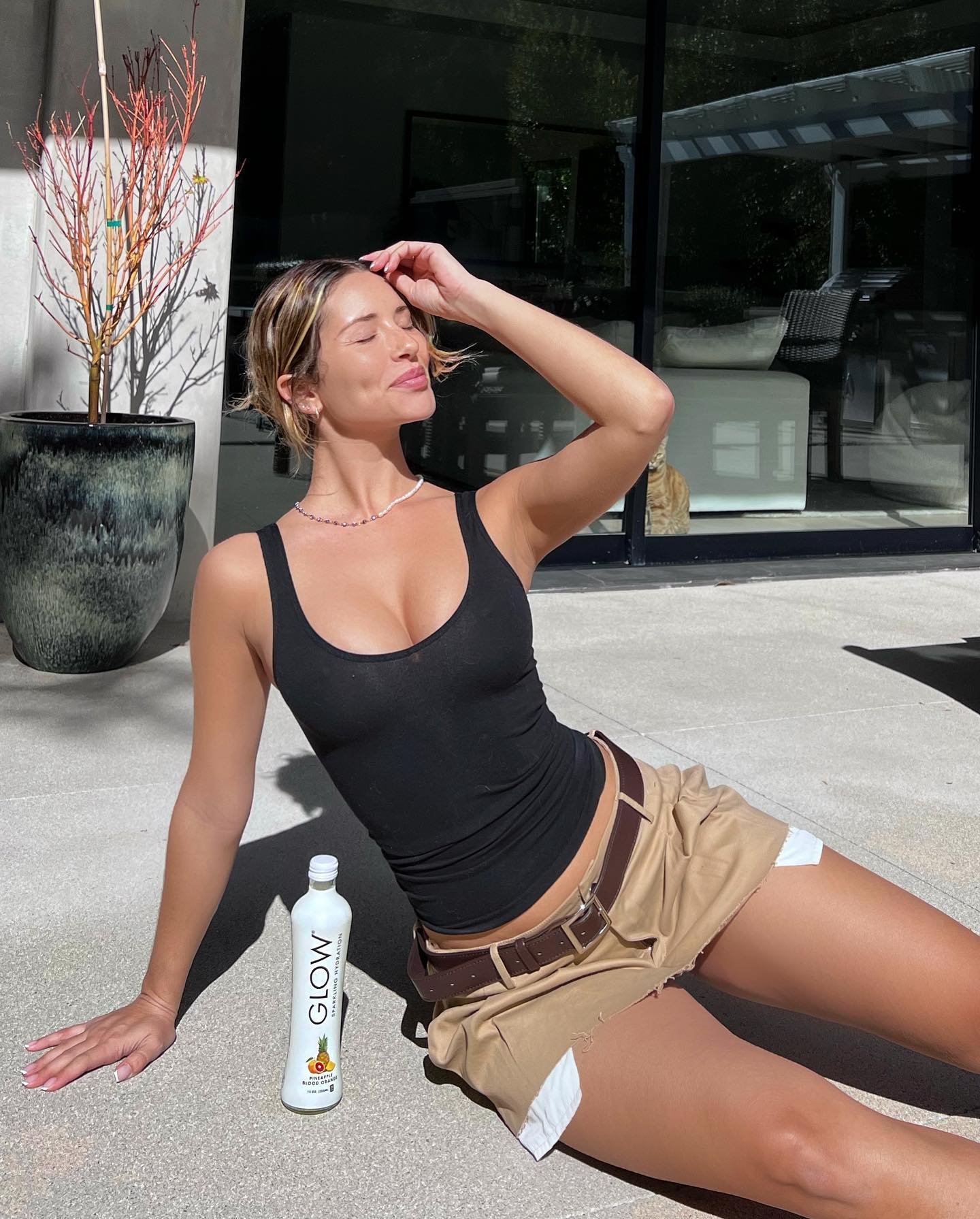
The interplay between angelic innocence and physical allure strikes a delicate balance that appeals to both emotional and physical sensibilities. This combination represents a multidimensional understanding of beauty, where vulnerability enhances strength, and purity amplifies sensuality.
Throughout history, many individuals have embodied this duality. Figures such as Cleopatra, who was famed for her captivating beauty and charisma, to contemporary celebrities who seamlessly integrate charm and allure, demonstrate the enduring appeal of this combination. Their legacy often lies not just in their physical attributes but in their ability to evoke admiration, curiosity, and emotional connection.
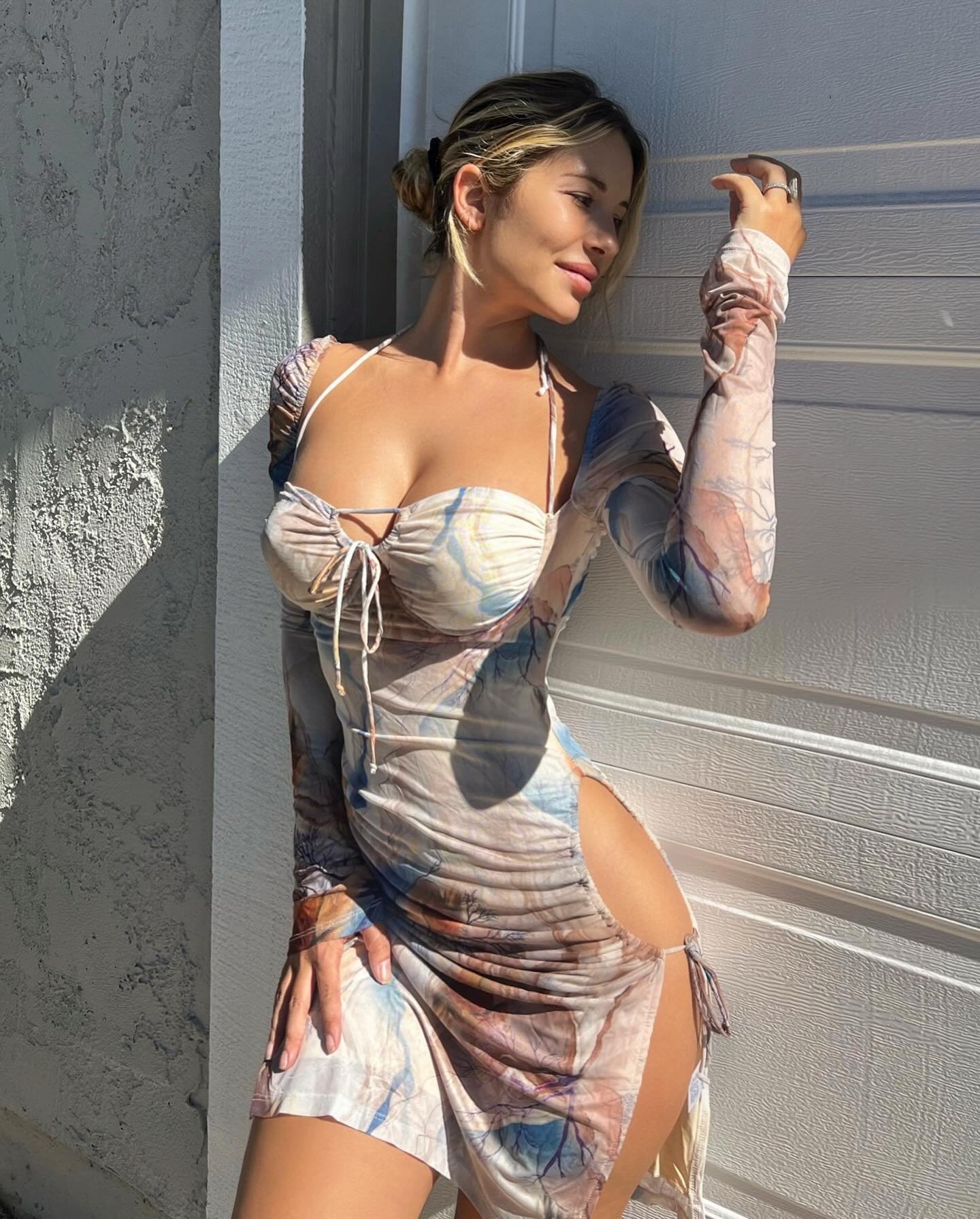
This dual beauty has profound psychological effects, influencing perceptions, relationships, and societal values. It inspires admiration, fosters connections, and often elevates the bearer to a status of aspirational influence.
The combination of angelic and alluring traits shapes how individuals perceive one’s personality and character. Those who embody these qualities are often seen as approachable yet intriguing, fostering deeper personal and social connections. This duality can also influence professional and personal opportunities, as it aligns with societal ideals of charm and capability.
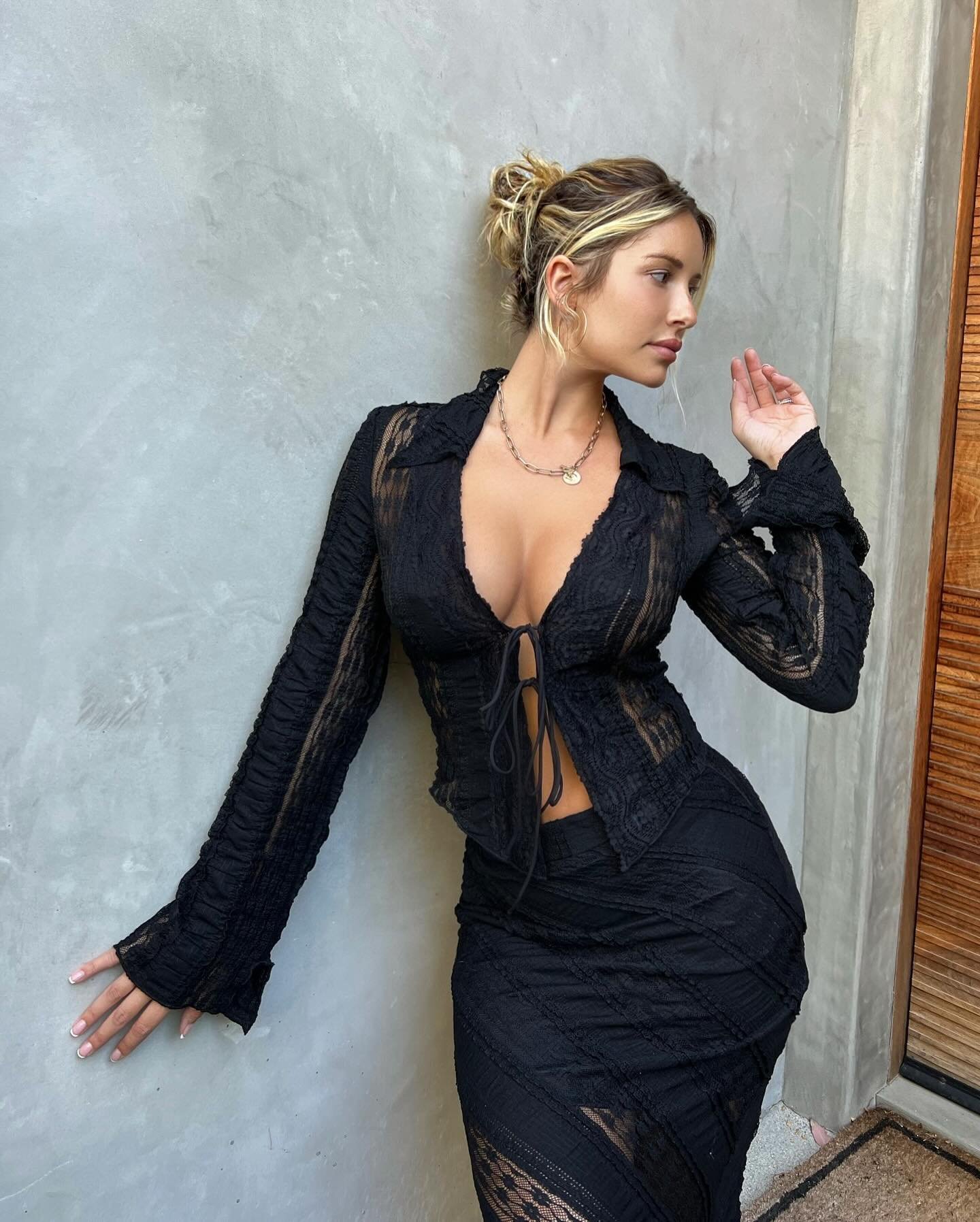
For the individual, embracing this duality can be deeply empowering. It allows for the celebration of unique attributes and fosters self-love and confidence. Recognizing the beauty in one’s innocence and strength provides a holistic sense of self-worth, transcending superficial standards.
Media and popular culture play a pivotal role in perpetuating and evolving the ideal of angelic and alluring beauty. From advertisements to social media platforms, this archetype is celebrated and emulated, shaping modern beauty norms.
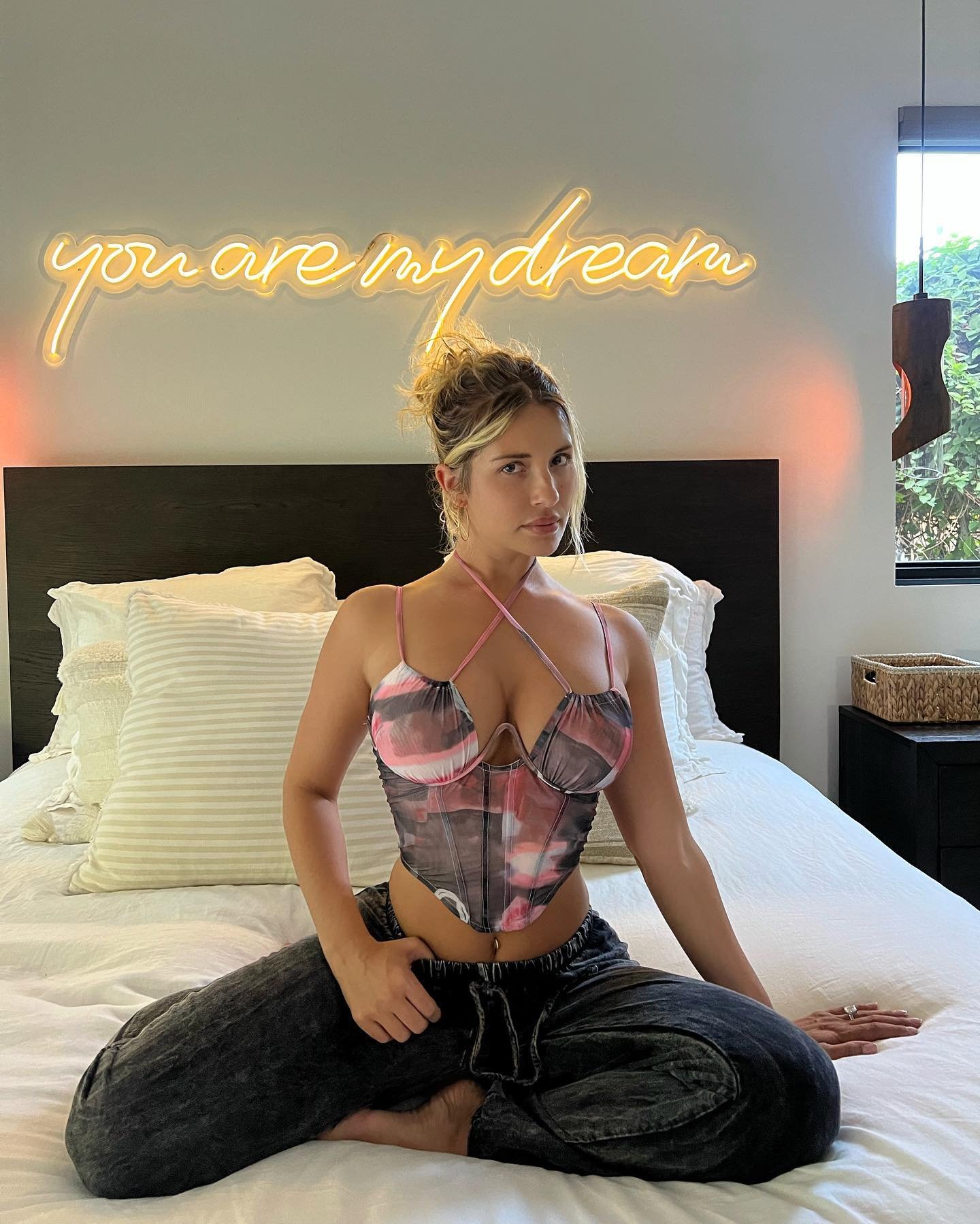
Characters with angelic faces and alluring bodies are often portrayed as protagonists or symbols of ultimate desirability. This reinforces their aspirational status and highlights the universal appeal of this aesthetic. At the same time, it perpetuates specific beauty standards, influencing societal values and personal aspirations.
Platforms like Instagram, TikTok, and YouTube have amplified the visibility of individuals embodying this duality, democratizing beauty standards and inspiring millions to embrace their unique appeal. However, it is important to acknowledge the pressures and unrealistic expectations that often accompany these representations.
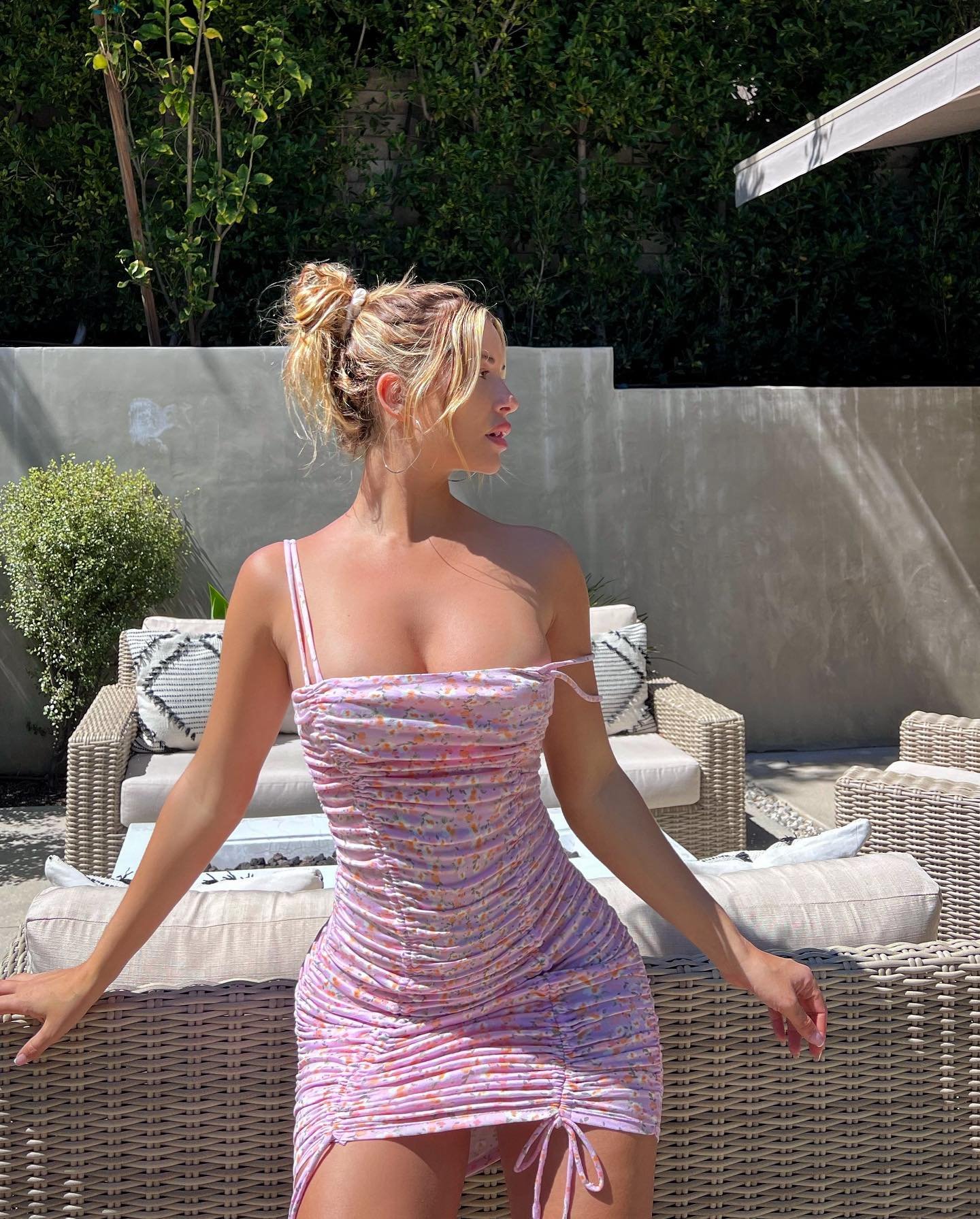
While the ideal of angelic and alluring beauty is widely admired, it is not without challenges and critiques. Unrealistic standards, societal pressures, and the commodification of beauty can lead to issues such as body image concerns, low self-esteem, and exclusion of diverse representations.
The portrayal of perfection in media often sets unattainable standards, leading to feelings of inadequacy among individuals. It is essential to promote diversity and authenticity in representations of beauty, ensuring that all individuals feel valued and included.
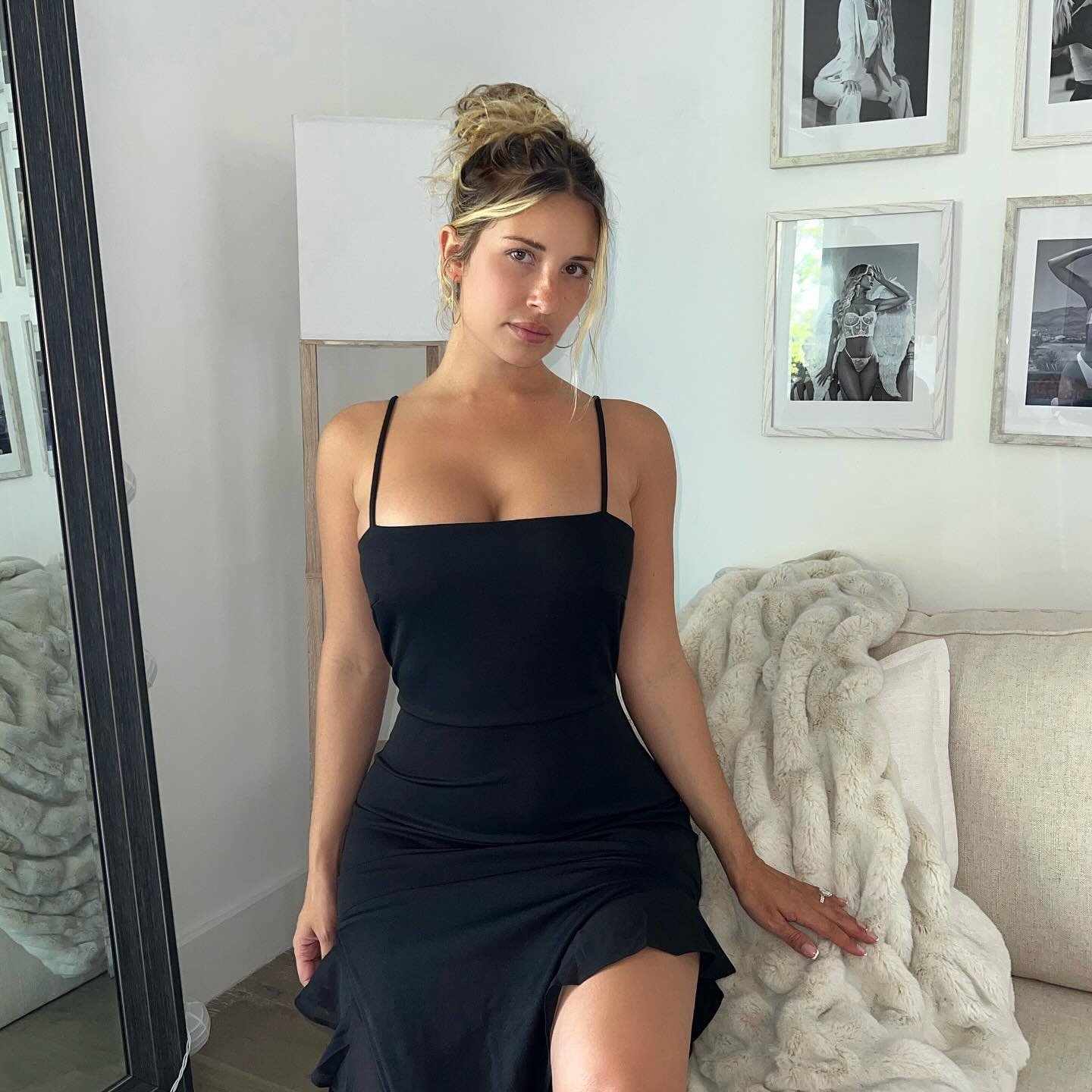
Advocates for body positivity and inclusivity emphasize that beauty is multifaceted and subjective. Celebrating individuality and breaking free from conventional norms is vital for fostering a healthier perspective on beauty. Efforts to redefine beauty include campaigns that showcase diverse body types, skin tones, and personal styles.
The allure of an angelic face and a hot body lies in their ability to evoke profound emotional and sensory responses. This captivating combination has been celebrated throughout history, symbolizing the duality of innocence and sensuality. However, true beauty extends far beyond physical attributes, encompassing confidence, authenticity, and self-expression.

By embracing the spectrum of beauty and challenging unrealistic standards, society can foster a more inclusive and empowering understanding of what it means to be truly captivating. Whether through the lens of history, culture, or personal empowerment, the angelic face and alluring body remain timeless symbols of humanity’s enduring fascination with beauty. Ultimately, the power of this duality lies not just in its visual appeal but in its ability to inspire, connect, and elevate the human spirit.
